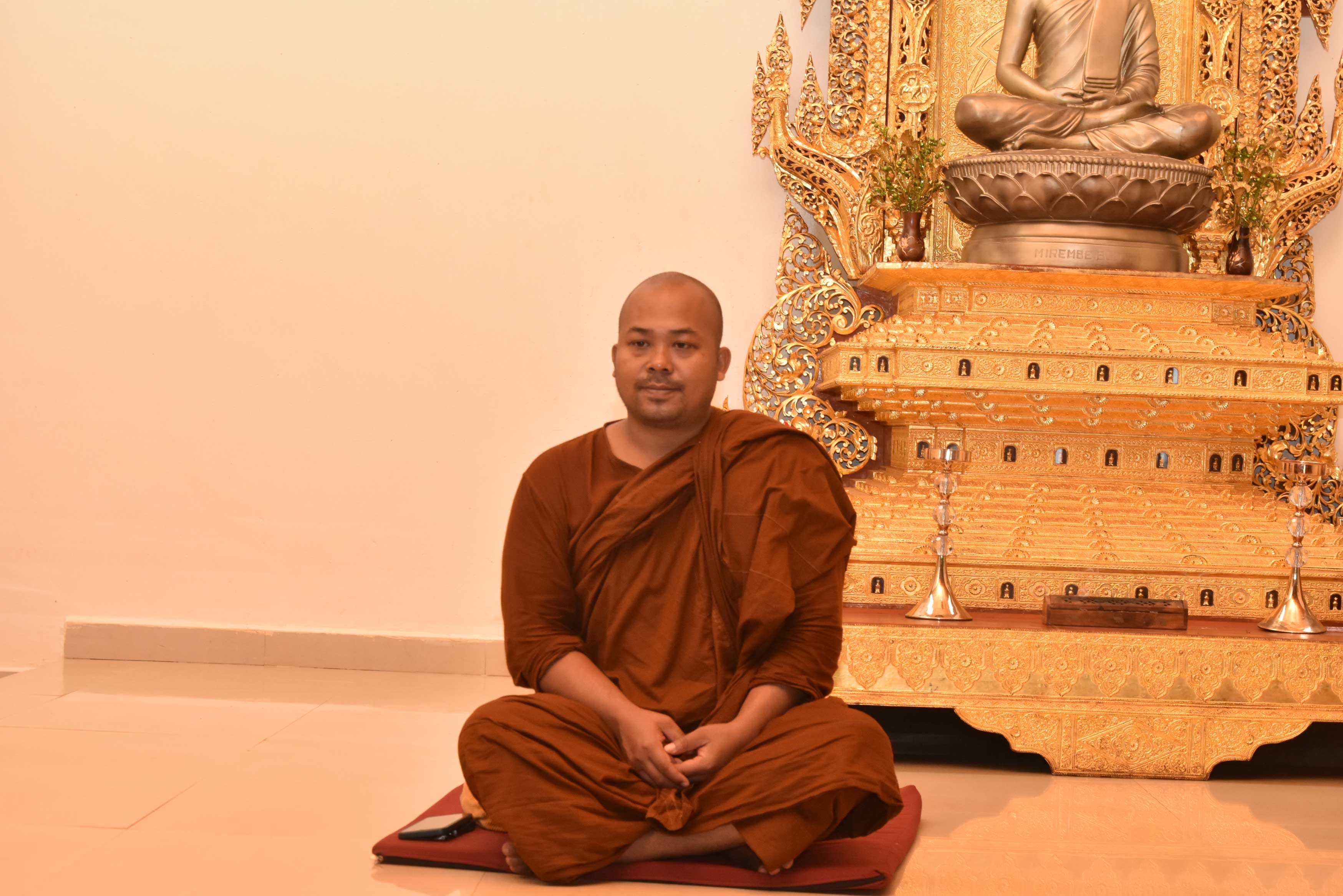Ten distinct forms of attachment that we often encounter in our lives

The roots of suffering are Attachment (Samyojana)
Today, I would like to delve into the concept of attachment in Pali, known as Sanyojana. Attachment, or Sanyojana, encompasses ten distinct forms of attachment that we often encounter in our lives.
But before delving deeper into attachment, I want to highlight the significance of our newly ordained female novices. In Buddhism, we stand as a beacon of gender equality, a religion where there is no discrimination based on gender. Unlike in some societies where gender biases restrict women from certain roles, Buddhism welcomes women as religious leaders, breaking the barriers of tradition.
Now, back to the topic of attachment. In Buddhist literature, attachment is portrayed as inherent to human nature, not something artificially imposed by religious doctrine. It’s something we experience daily but often fail to recognize.
Let’s start with the first form of attachment: Kama Sanyojana, or attachment to pleasure. This includes our attachment to our loved ones, possessions, and even ourselves. It’s a natural inclination to hold onto what brings us joy and comfort.
Next is Bhava Sanyojana, attachment to existence or life. Every living being cherishes their life, even animals. Imagine asking someone if they’d trade their life for yours; the answer would likely be a resounding no. Our attachment to life is deeply ingrained in our survival instinct.
Then there’s Patiga Sanyojana, or attachment to aversion or hatred. This type of attachment arises from negative emotions like anger, resentment, or revenge. When we harbor hatred towards others, it not only harms them but also eats away at our own peace of mind.
Hatred, in particular, is a destructive force that consumes us from within. It manifests in grudges, feuds, and even violence, leading to suffering for both ourselves and others.
The Buddha taught that attachment lies at the root of suffering. It’s the clinging to pleasure, existence, or aversion that keeps us trapped in the cycle of suffering.
So, as we navigate our daily lives, let’s be mindful of these forms of attachment. By recognizing them, we can begin to loosen their grip on our minds and find greater freedom and peace within ourselves.
Today’s discussion only scratches the surface of attachment, but I hope it serves as a reminder to cultivate awareness in our journey towards liberation from suffering.
Thank you for your attention.
